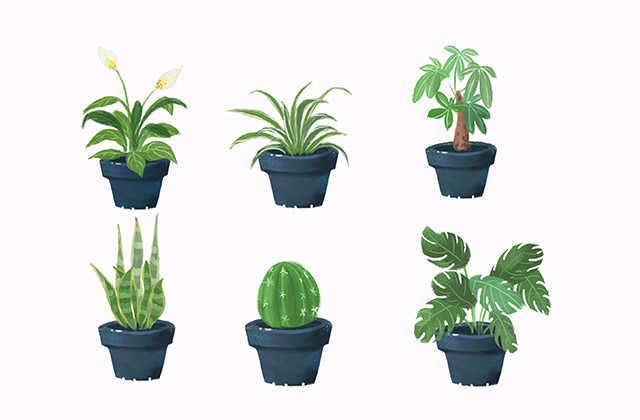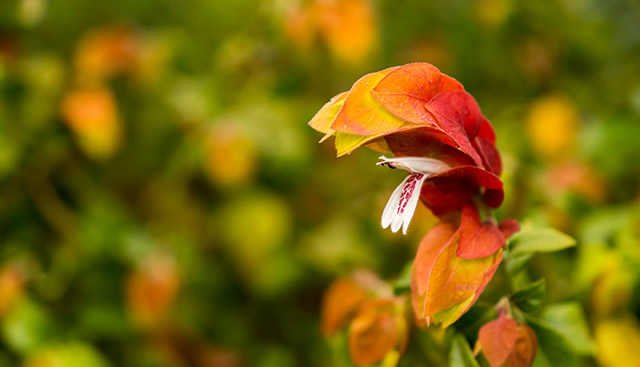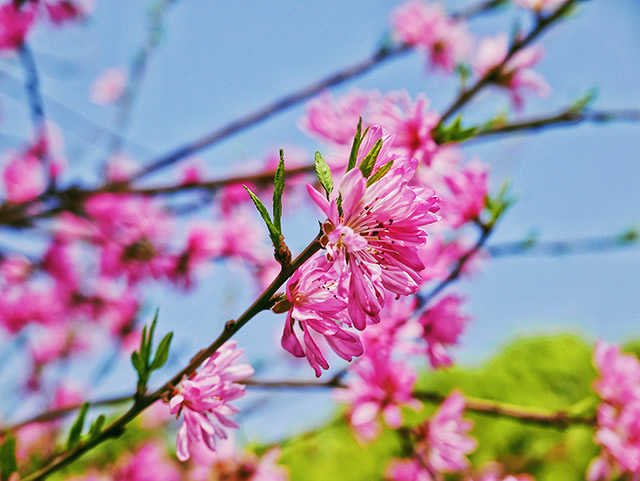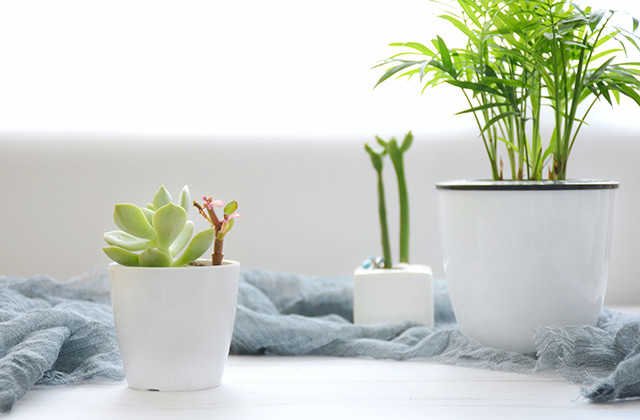What are the small pots for the office in the office?
1. What are the green plants suitable for the office
The small pots in the office are very cute, and they will also add color to the small office. So which small potted plants are suitable for the office?
1. Small plants with radiation -proof types, such as aloe vera, gin, fairy balls, computer babies, Little Luo Hanyong, etc. These are very effective for computer people. They usually radiate in the computer.Radiation can also make yourself feel good.
2. Small plants that absorb formaldehyde, such as green leaf Hanging orchids, Phnom Penh, Golden Ge (Green Loin), Tiger Pilan, Bird's Nest Fern, and other ferns.There are also many harmful gases released by printers, which have a good vacuum effect.
3. The small plant potted plants of Wen Ya Fan. For example, the bamboo is also called clouds and bamboo. It looks like the vegetation of the literati and Mo Ke, and there are some small stripe twelve volumes. The small plants such as are also pretty.Jade is also good, which is good for the health of the eyes.
4, succulents are also good.Many meat -controlled, fleshy, and hot, all pretty good. For example, pearls of small vegetation such as Buddha beads, glass green, etc. Now many types of varieties are made.It is also easy to survive, and it is also a good choice for office vegetation.
5. Small potted small pots, such as jasmine, osmanthus, bowl lotus, Phalaenopsis, narcissus flower, dancing orchid (Wenxinlan), flowers overflowed with flowers.However, it is as little as those who are allergic to pollen as much as possible, but in general, there are nothing.

2. The maintenance method of small pots in the office
1. Wenzhu
Appropriate temperature: 15-25 C, staying above 5 C in winter.
Key points for maintenance:
(1) Pot soil is slightly moist, it is best not to dry and water it.
(2) Wenzhu loves warmth. It should be directed to the sun in winter. It is more conducive to the growth of Wenzhu on the sun and good ventilation Desks.
2. Fugui bamboo
Appropriate temperature: 18 C ~ 24 C, staying above 10 C in winter.
Key points for maintenance:
(1) Put it in a place with scattered light. Do not let the sunlight be direct, and the leaves are easy to turn yellow.
(2) Try to stay away from the air -conditioning mouth and fan vent. Frequent hair drying will allow the rich bamboo to dry the yellow leaves.
3. Fairy ball
Growth temperature: 18-20 C, the lowest in winter keeps above 0 C.
Key points for maintenance:
(1) The cactus is resistant to drought, and it will not die without watering for one or two months. Do not water the pot soil.In the case of low temperature in winter, the amount of watering must be reduced.
(2) It should be noted that the office of the fairy ball has direct sunlight and good ventilation, which is most conducive to the growth and flowering of the fairy ball.
4, Luo Luo
Green Luo's vitality is stubborn, and it is lush that can grow without special maintenance.
Appropriate temperature: 20 C-30 C, the minimum in winter is kept above 10 C.
Key points for maintenance:
(1) In winter, it can grow well under the bright scattered light in the room, strong stems, and gorgeous leaves.
(2) Water water in winter should be used for one day before use. It is easy to damage the root after cooling the water. Spray the leaves with warm water every 4-5 days to help keep the leaves bright and green.
5. Fortune tree
Appropriate temperature: 20 C-35 C, keep above 10 C in winter.
Key points for maintenance:
(1) It is suitable for warm and humid and ventilated environments.
(2) In the winter, the pot soil must be kept properly dry, and the watering must be dry and wet.If water is too much or slightly accumulated, it is easy to cause rotten roots of the fortune tree.
6, aloe vera
Appropriate temperature: 20-30 C, winter cannot be lower than 0 C.
Key points for maintenance:
(1) aloe vera is durable and durable, afraid of accumulating water, and has strong drought tolerance. It can be kept on desktop maintenance with good astigmatism or good light.
(2) Daily watering see dry and then poured, control water at low temperature.As long as the water is not accumulated and the ventilated environment can grow well.
7. Scholata
Appropriate temperature: 15-25 C, staying above 5 C in winter.
Key points for maintenance:
(1) Schilan likes a warm and humid astigmatism environment, and can grow well in a more hidden environment.
(2) In the winter below 5 C, water is less, and the pot soil should not be too wet, otherwise the leaves will easily yellow.


